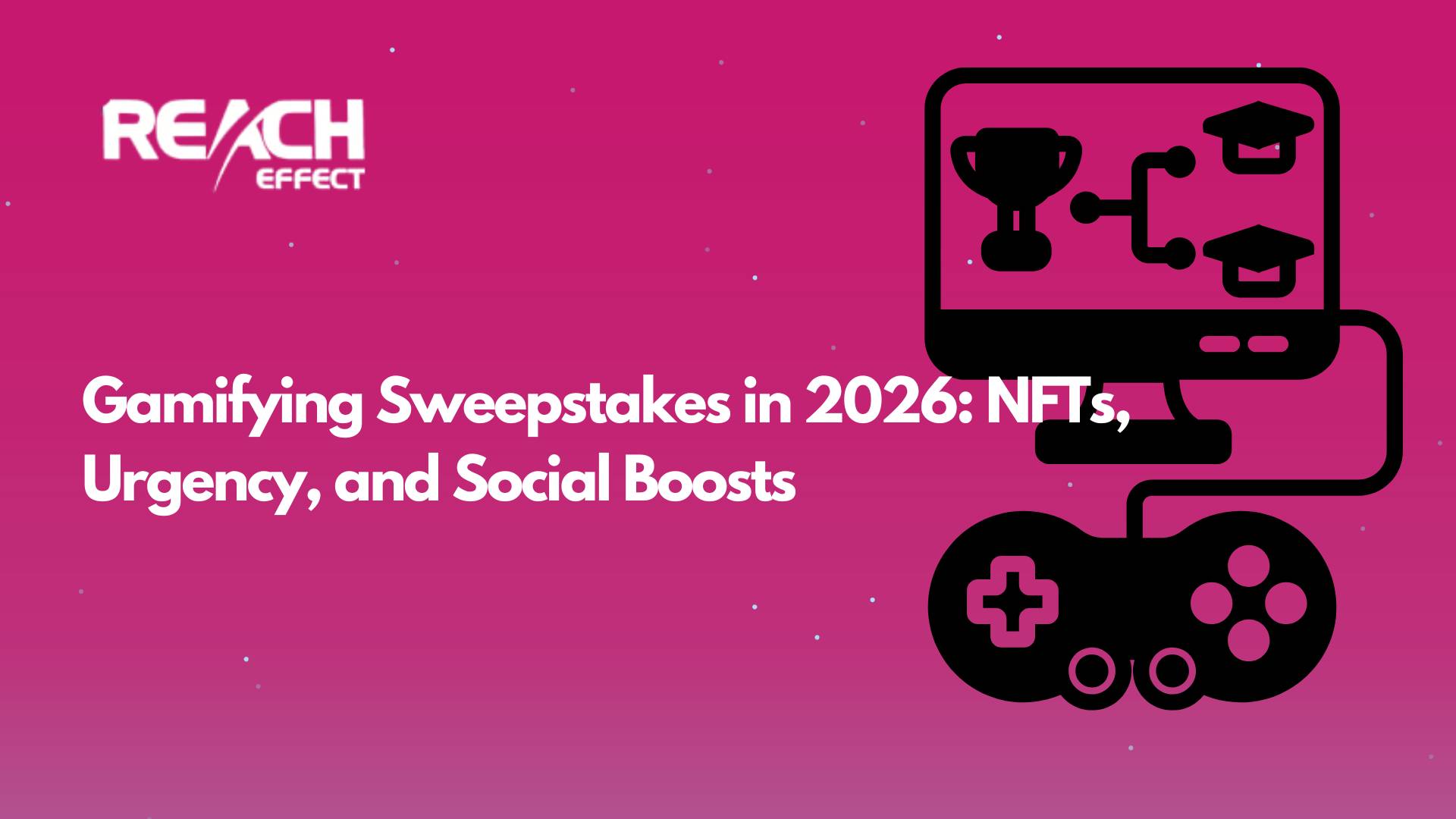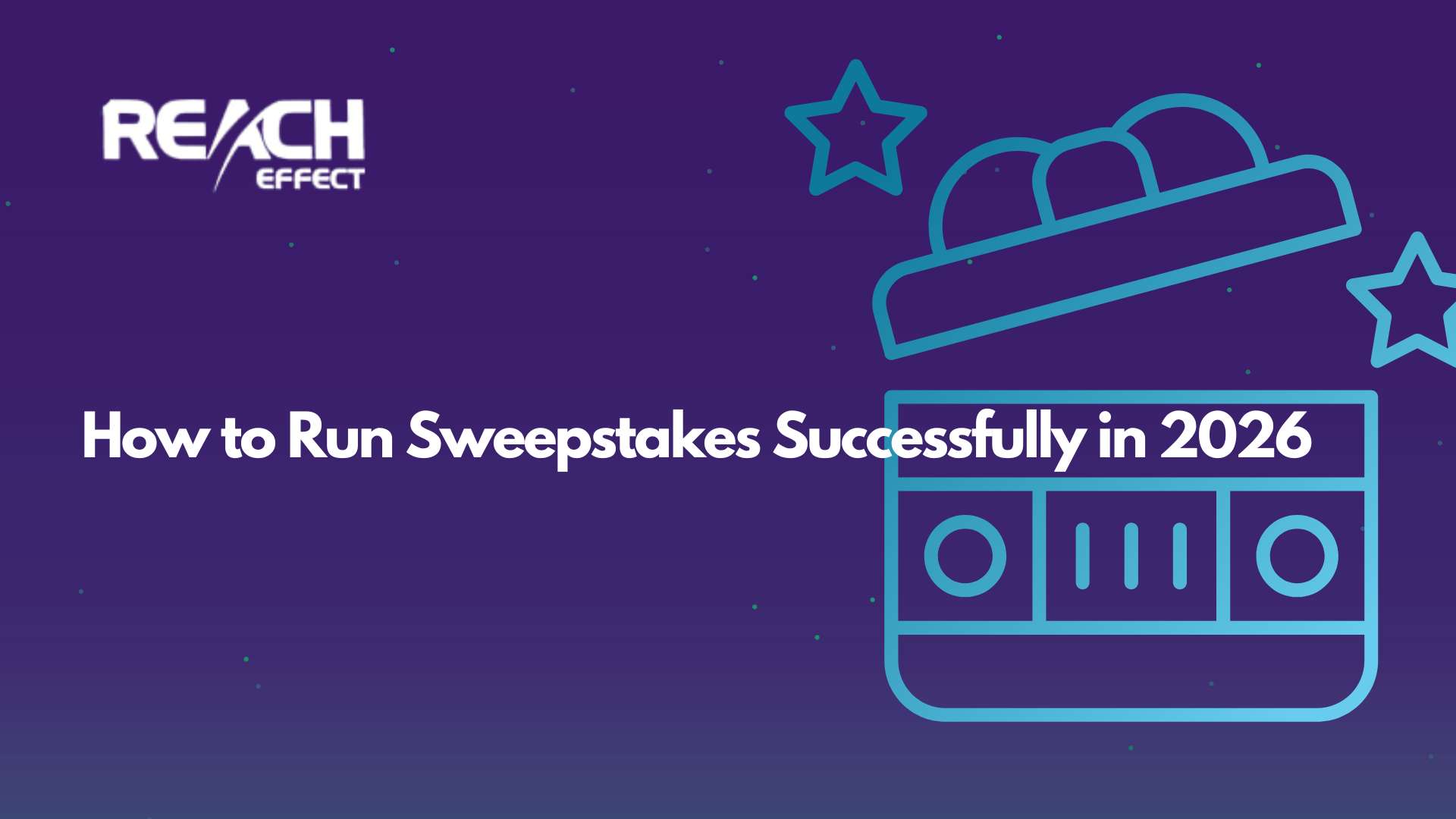Affiliate marketing is a simple way for people to make money online by sharing products or services they like. When someone buys something because of your recommendation, you earn a commission. But how does anyone know you sent that customer? That’s where tracking links come into play. A tracking link is a unique web address that affiliates use to promote products. It keeps track of what happens after someone clicks it, like if they buy something, so you get paid for your efforts. Think of it as a tag that tells the merchant, “This sale came from me!”
Thank you for reading this post, don't forget to subscribe!These links matter a lot in affiliate marketing. They ensure that the person who worked hard to promote a product gets the credit they deserve. Without tracking links, it would be tough to figure out who sent a customer to a website, especially if lots of affiliates are promoting the same thing. Picture a busy store with no way to know who referred each shopper. Tracking links solve that problem by linking your promotion directly to the sale.
Why Tracking Links Are Essential
In affiliate marketing, fairness is key. Merchants want to pay affiliates for real results, and affiliates want to be sure their work pays off. Tracking links make this possible by creating a clear record of every click and purchase. For example, if you share a link to a cool gadget and someone buys it, the tracking link proves you made that sale happen. This system keeps everything organized and fair for everyone involved.
Plus, tracking links help affiliates understand what’s working. By seeing which links lead to sales, you can focus on the strategies that bring in the most money. It’s a win-win: merchants get more customers, and affiliates get rewarded for their efforts.
How Tracking Links Work: The Basics
Now, let’s dive into how these links actually do their job. When you sign up for an affiliate program (like a VPN affiliate program), you’re given a special ID that’s unique to you. This ID gets added to the tracking link. For instance, a link might look like www.merchant.com/gadget?aff=456. The “aff=456” part is your ID, telling the merchant’s system that you’re the one who shared the link.
When someone clicks your tracking link, they’re taken to the merchant’s website. At the same time, the system logs your ID and tracks what that person does next. If they buy the gadget, the sale gets tied to your account, and you earn a commission. It’s a straightforward process that happens behind the scenes every time someone uses your link.
Getting Technical: The Details Behind Tracking Links
To get a bit more technical, tracking links rely on something called URL parameters. These are the extra bits of information tacked onto the end of a web address, like ?aff=456 or ?campaign=summer_deal. When a customer clicks the link, the merchant’s server reads these parameters and records them. This tells the system exactly who sent the visitor and sometimes even which promotion they came from.
Many tracking links also use cookies. A cookie is a small file stored on the customer’s browser after they click your link. It remembers your affiliate ID for a set amount of time, known as the cookie duration. This could be a day, a week, or even a month, depending on the program. If the customer comes back later and buys something within that time, the cookie ensures you still get credit, even if they didn’t purchase right away. One thing you should be careful with is cookie stuffing. Full article here if you don’t know what it is.
Some affiliate programs go beyond basic parameters and cookies. They might use server-side tracking, where the merchant’s system logs everything directly, or add extra details like subIDs to track specific campaigns. But for most affiliates, the standard setup with parameters and cookies does the trick.
Types of Tracking Links You Might See
Not all tracking links look the same. The simplest ones are just regular URLs with parameters, like www.merchant.com/product?aff=789. These are easy to spot because of the extra info at the end. Other links might be shortened using services like Bitly to make them neater, turning a long string into something like bit.ly/abc123. Shortened links can also help track clicks more precisely.
Then there are cloaked links. These hide the original URL to make it look cleaner or to stop people from removing the tracking part. For example, www.yoursite.com/recommends/gadget might secretly redirect to the full tracking link. Another type is deep links, which send users straight to a specific page, like a product or checkout, instead of the merchant’s homepage. Deep links can make it easier for customers to buy, boosting your chances of earning a commission.
How to Use Tracking Links in Your Marketing
Once you’re in an affiliate program, you’ll usually find your tracking links in the program’s dashboard. From there, it’s up to you to share them smartly. You can add them to blog posts where you review products, slip them into social media updates, or include them in emails to your subscribers. The trick is to pair the link with useful info or a good story so people want to click.
For instance, if you’re promoting a kitchen tool, write a post about your favorite recipes and link to the tool naturally within the text. On social media, share a quick tip and include the link for anyone curious to learn more. The goal is to make the link feel helpful, not pushy.
Tips for Making Tracking Links Work for You
To get the most out of your tracking links, test them first. Click the link yourself or ask a friend to try it, then check if the program registers the click or sale correctly. Some affiliates even use tools to double-check everything’s working. If a link’s broken, you could miss out on commissions, so this step is worth it.
Also, pick programs with solid tracking systems and fair cookie durations. A longer duration means more chances to earn from each click. Be upfront with your audience about using affiliate links, it builds trust. And keep an eye on your results. Many programs offer analytics to show which links are performing best, so you can tweak your approach.
Conclusion
Tracking links are the heart of affiliate marketing. They connect your promotions to real results, making sure you get paid for your work. By starting with the basics and digging into how they function, you can use them confidently to build your income. Whether you’re sharing links on a blog or social media, the key is to understand them and use them well. For more ways to boost your affiliate game, check out Reacheffect. With the right approach, tracking links can open the door to some serious rewards!








